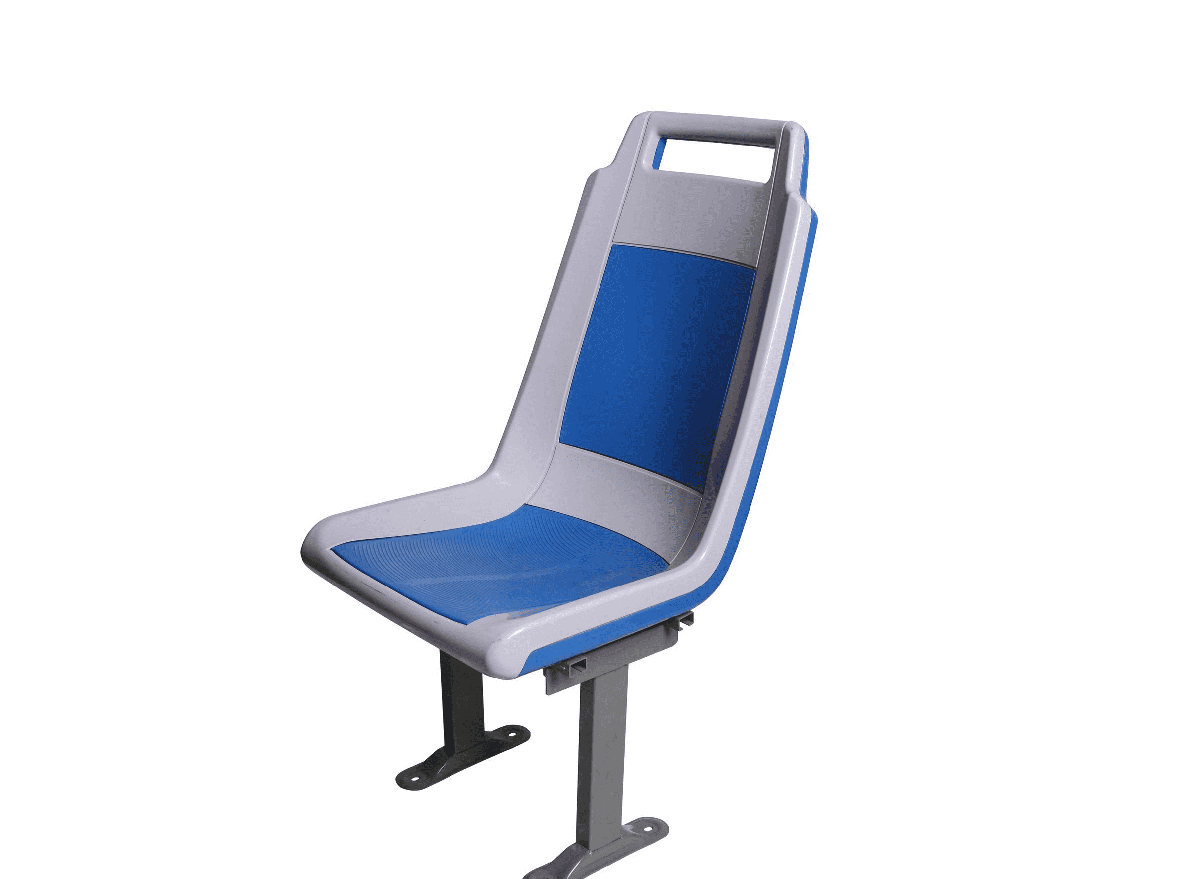Public bus plastic seats are common public facilities in our daily life. Public bus plastic seats require relatively high strength and a certain degree of flexibility, so we chose ABS, a plastic material with better comprehensive mechanical properties.
In the design process, we first analyze the process of the plastic parts of the bus plastic seat to select the appropriate mold base and injection molding machine. According to the analysis of the processability of the plastic part, the plastic part is a large-scale plastic part, and a large-scale mold and a large-scale injection molding machine need to be designed accordingly. The mold is suitable for a one-out one-cavity mold structure, which uses single-point direct gate injection. After the plastic part is demolded and taken out, the casting system condensate and the plastic part are manually cut off.
Under normal circumstances, the plastic part will shrink to a certain extent after cooling, which will produce a packing force, which acts on the punch or the molded core; it can also be used for adhesion, and the plastic part is tightly attached to the core of the punch superior. In order to make it easy to demold, it is necessary to prevent the surface of the plastic part from being scratched and scratched during demolding. When designing, the surface of the plastic part generally has a reasonable demolding slope along the demolding direction.
Determination of the draft angle
3. Determination of the draft angle
Because the bus plastic seat is a large plastic part, the draft angle of 3° is adopted in this design, so that from the outer surface to the inner surface, the draft angle of the mold is basically normal, which can ensure the normal draft angle requirement .
4. Determine the number of cavities and cavity layout
The determination of the number of mold cavities is mainly related to factors such as the maximum injection volume of the injection machine, the rated clamping force, the plasticizing speed, the size and accuracy of the product, and the economy of production.
The plastic part is a large plastic part, and the corresponding mold specification is also large, so it can adopt a structure of one mold and one cavity. At the same time, considering the relationship between the size of the mold structure and the size of the plastic part, plus the factors of manufacturing cost and economic benefits, it was decided to choose a mold structure with one mold and one cavity.
Post time: Dec-17-2021



